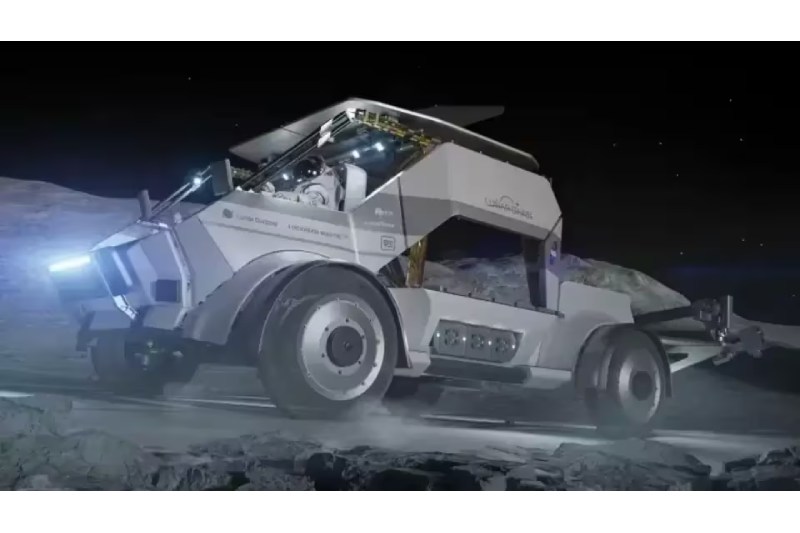NASA and Japan are Planning to Deploy a “Camper Van” to the Moon. Without a Spacesuit, Astronauts will Operate it

Astronauts will have access to a special vehicle when NASA returns to the Moon: a pressurized ship that will allow them to live and conduct experiments for extended periods of time.
The lunar vehicle has a striking resemblance to a dependable camper van. Given that it seems to have many of the same features, that makes sense. One of its best features is that it may be used without a spacesuit because the interior has a fully regulated atmosphere with ideal air and temperature. More than ever, astronauts will be able to go to the lunar surface and carry out research in the utmost luxury. The ultimate goal of these missions is to establish a permanent outpost, therefore it serves as an excellent intermediate location or stepping stone there.
Toyota, a major automaker, and Japan’s Aerospace Exploration Agency (JAXA) designed the vehicle. The “Lunar Cruiser” moniker comes from Toyota’s well-known Land Cruiser. Japan will oversee operations and provide funding for all development. As compensation, NASA will send the rover to the Moon and give two Japanese astronauts a chance to serve on an Artemis mission. The formal agreement was signed by NASA and JAXA on April 10.
Moon Camper
The lunar camper van can accommodate a crew of two people. This innovative vehicle offers a habitat where people may travel freely in regular clothing, unlike the smaller, open off-road vehicles already being designed for lunar exploration, which need astronauts to wear spacesuits.
The vehicle, which has dimensions of 6.0 x 5.2 x 3.8 meters, is propelled by a hydrogen fuel cell technology and has solar panels to help meet its energy requirements. In addition, a system that recycles wastewater and turns it into hydrogen and oxygen—which the fuel cells may use to create energy—will be powered by these solar panels. With this function, the vehicle’s operational range is greatly increased to an astounding 10,000 kilometers (6,000 miles), thus improving its sustainability.
Extensive lunar exploration will require this autonomy, particularly in the target zone near the lunar south pole where NASA is hoping to locate water in the dark craters. The rover’s operational life is set for ten years.
As part of NASA’s Artemis VII mission, the vehicle is scheduled to land on the Moon in 2031. The following mission, Artemis II, is scheduled for September 2025 and will have a crew of four orbiting the moon. After a break of almost 50 years, Artemis III is scheduled to land the first humans on the moon sometime in late 2026.